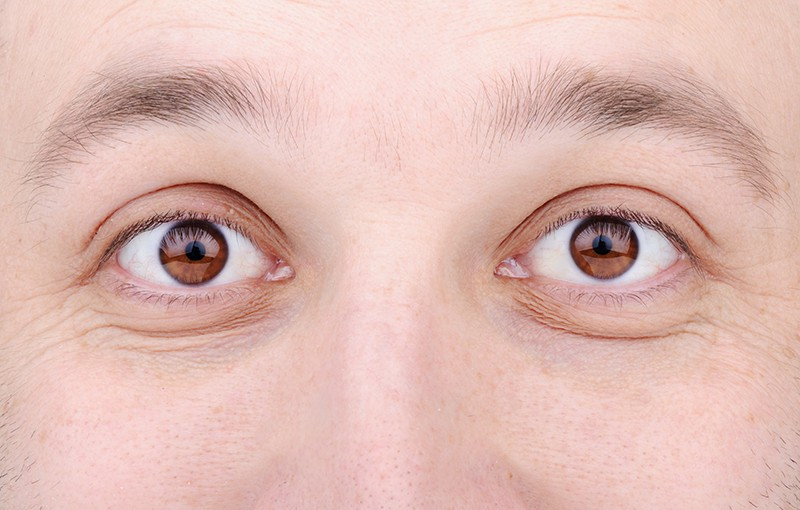Look around you. You're off to a good start, if you can do that easily and without pain. Most likely that means your eyesight is working fine, that your eyes are uninjured and that neither eye is hurting, stinging or otherwise in pain. Let's talk about trying to keep it that way. October has been designated Home Eye Safety Month. Believe it or not, there are many eye hazards lurking around you, and they aren't just in the workplace, at school or at some other off-site locale where accidents can happen, such as a foul ball at a baseball field. Nearly half of all 2.5 million eye injuries reported annually take place at the home, which includes the workshop and inside the car. According to friendsforsight.org, the most common place where home eye accidents occur is in the yard or garden, and one in four eye injuries take place while performing home repair. If you sit down and make a list of all the potential eye hazards found in or around the house, your home can become a scary place. A splatter of hot grease on the stove, a propelled pebble out of the lawn mower that ricochets back at you, an inadvertent poke from a hot curling iron, a chemical burn from a household cleaner, a popped cork from a champagne bottle, a loose rug or handrail on the staircase, a drip of paint when painting the ceiling or a wall, etc. The first rule of thumb in home eye protection is paying attention to what you are doing regardless how routine or mundane, whether it's cooking dinner, scrubbing down the bathtub with a heavy duty cleansing agent or solvent, or trimming the bushes or lawn. Never be shy about wearing proper eye protection, which is eye-protection Tip No. 1. Looking nerdy or geeky is good, whether inside your four walls or outside in the yard where debris flies everywhere when you are cutting, trimming, leaf blowing or even raking. According to an American Academy of Ophthalmology survey, only about a third of respondents said they always wear protective eyewear when doing home repairs or maintenance. What are the other 65 percent waiting for? Much of what we advise is common sense, but it bears repeating if it will save one individual from potential vision loss or damage to his or her eyes, said Dr. Jennifer Eikenberry, an assistant professor of clinical ophthalmology at Indiana University, quoted in news.medicine.iu.edu. We want this (October) observance to encourage people to address potential safety hazards that could lead to injuries of the eyes – and elsewhere for that matter. Eye experts say that about 90 percent of all eye injuries can be prevented by the use of proper protective eyewear. Some other eye-opening statistics:
- The most common type of eye injury, at 35 percent, is a foreign body in the eye, such as dirt or makeup or a tiny particle jarred loose when hammering a nail into a board or wall.
- 11 percent of eye injuries are caused by a slip or fall.
- About 80 percent of injuries to the eye are caused by accidents.
- Never be in a hurry to perform any household chore or repair.
- Avoid misuse of toys as well as everyday tools and objects, such as pencils, glues, paints and detergents.
- Store personal-use items such as cosmetics, toiletry supplies, kitchen utensils or office supplies out of reach of children. Ditto for ANY cleaning solvents, aerosol sprays, pesticides, etc.
- Pad or cushion sharp corners on furniture and home fixtures where a falling person could hit their head.
- No BB guns, projectile-firing toys or the like allowed in or around the house. So your kids throw a tantrum? Too bad. Deal with it, just don't cave.
- In vehicles, use all restraints available. This includes proper use of infant and booster seats in the back, and absolutely no children under the age of 12 ride in the front seat.
- Always wash your hands thoroughly after completing a household project and before you touch an eye for whatever reason, such as to deal with an itch.

